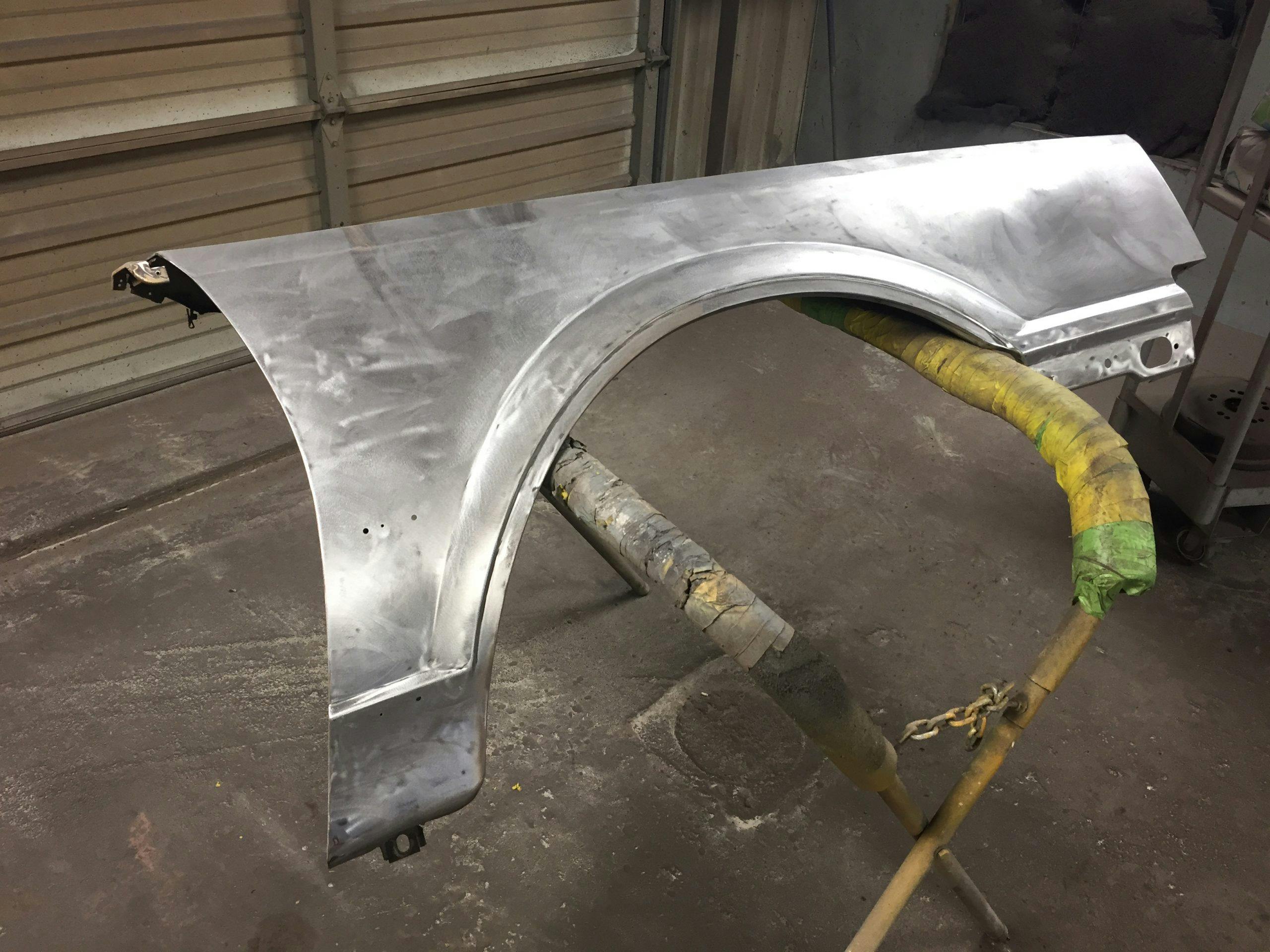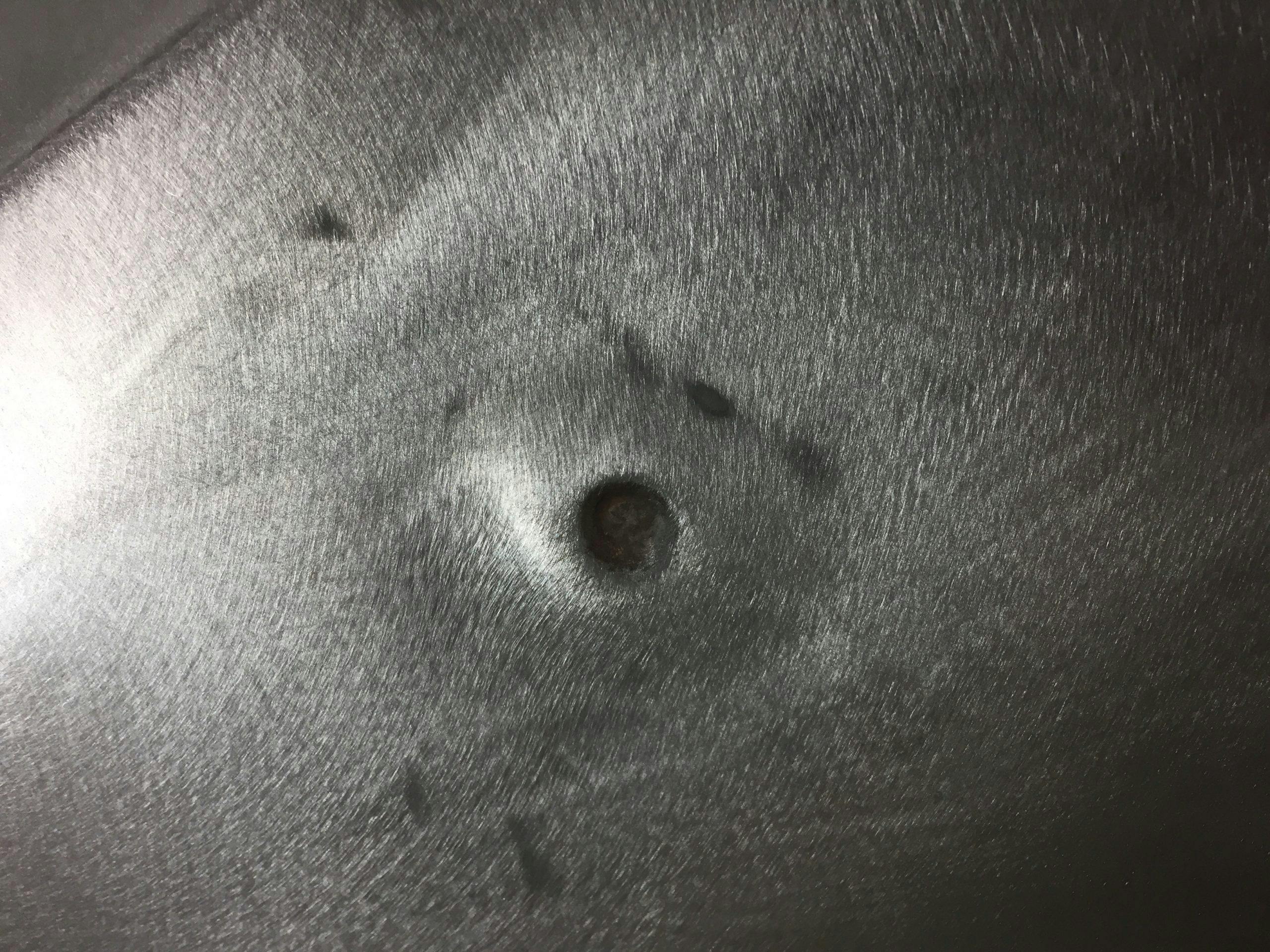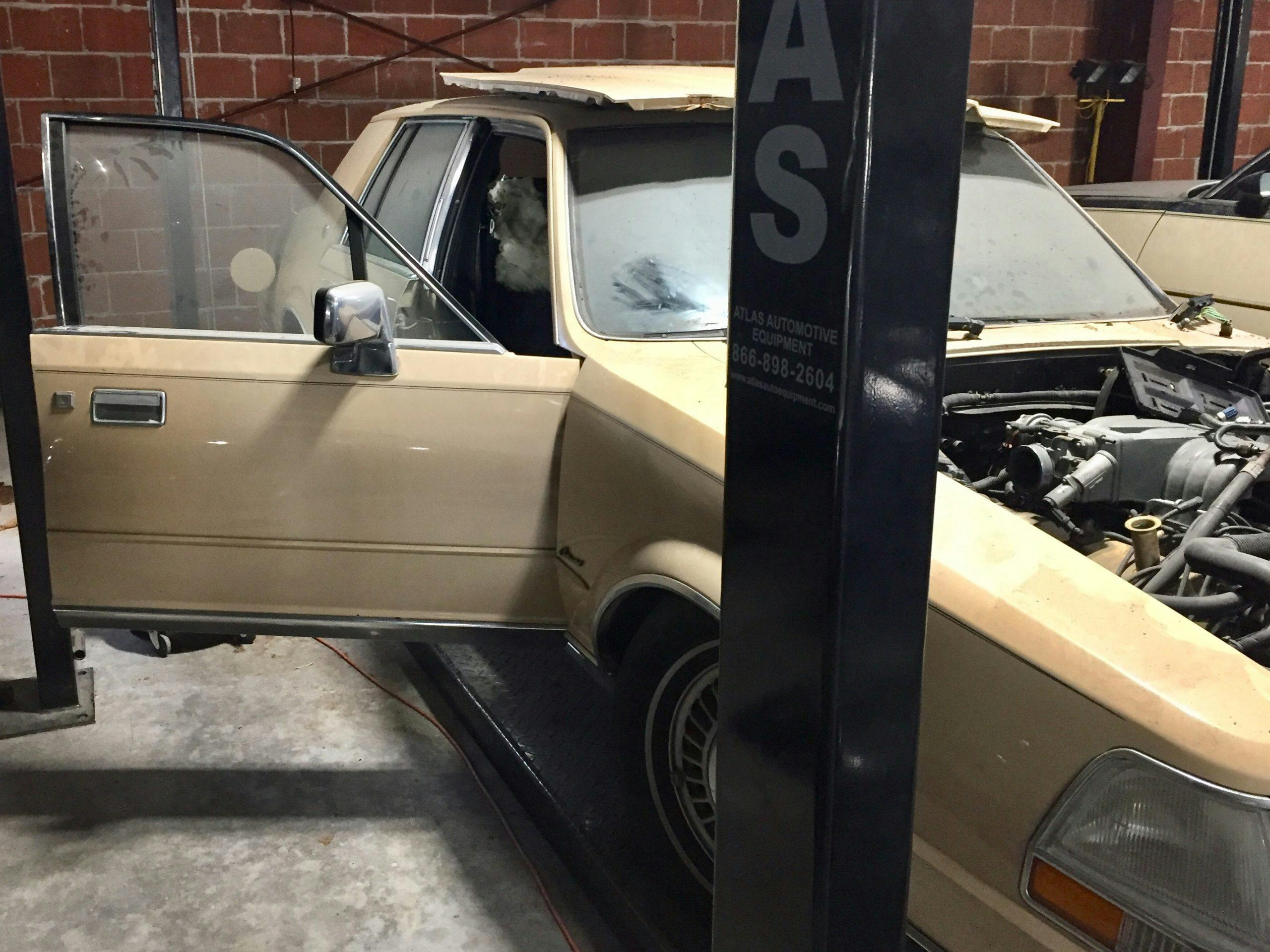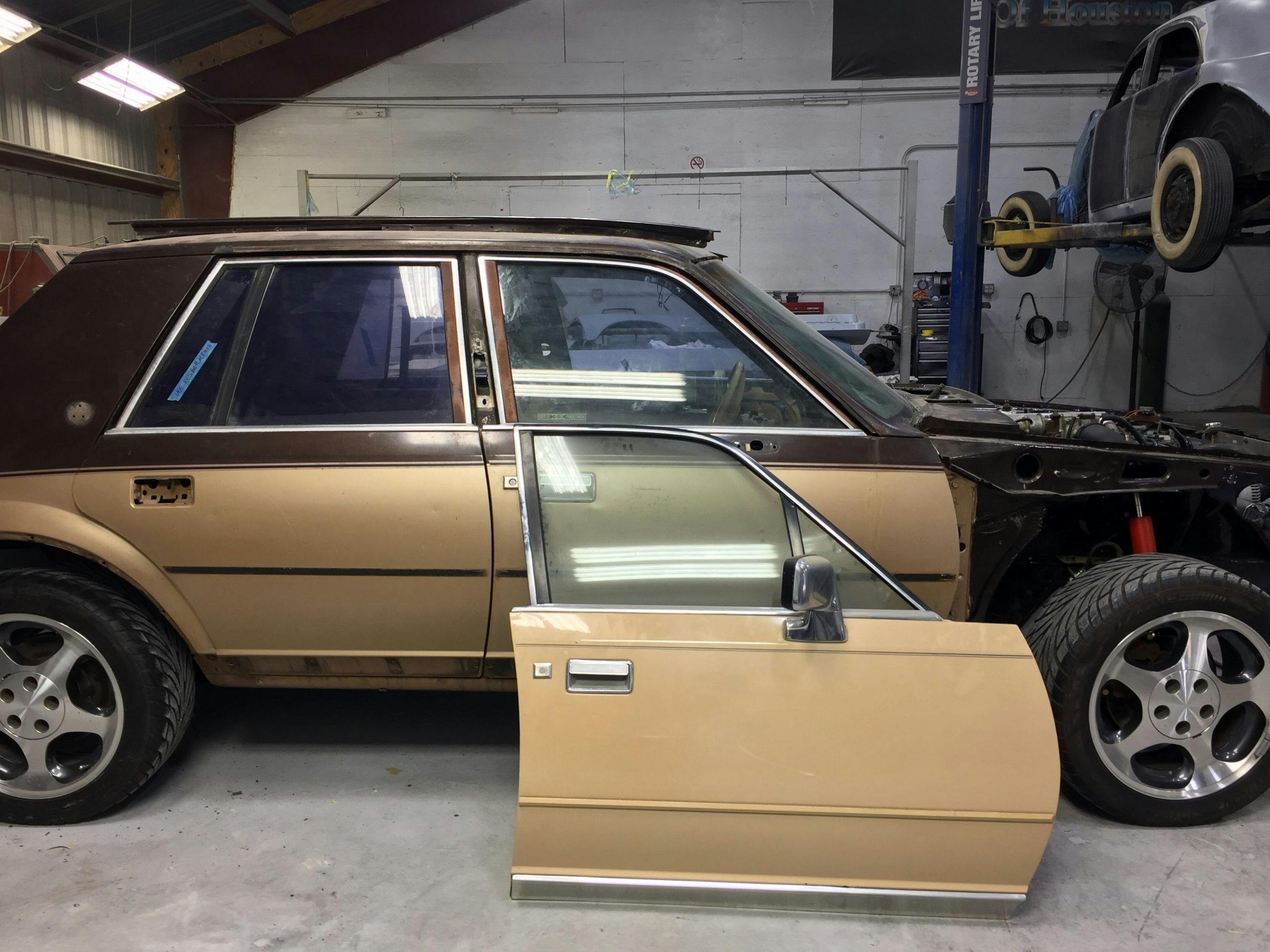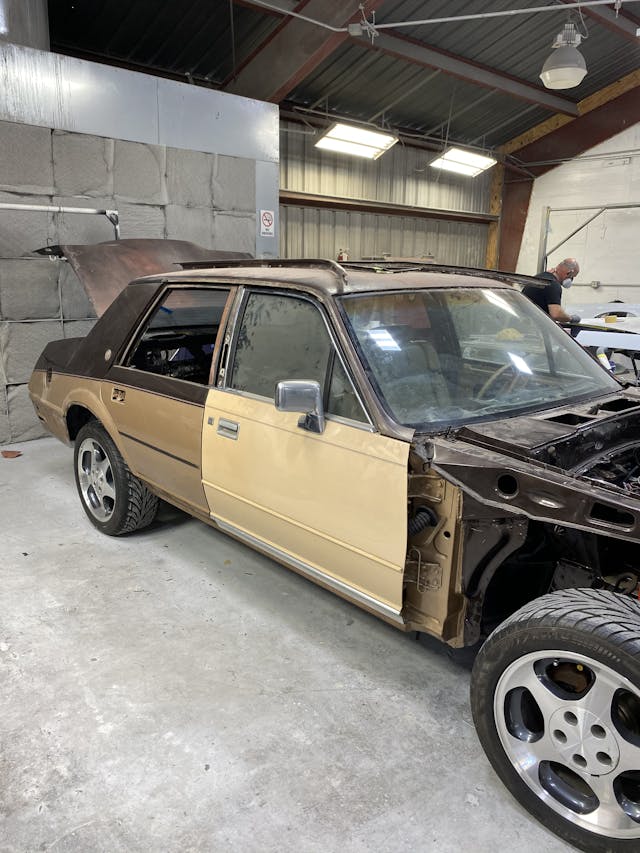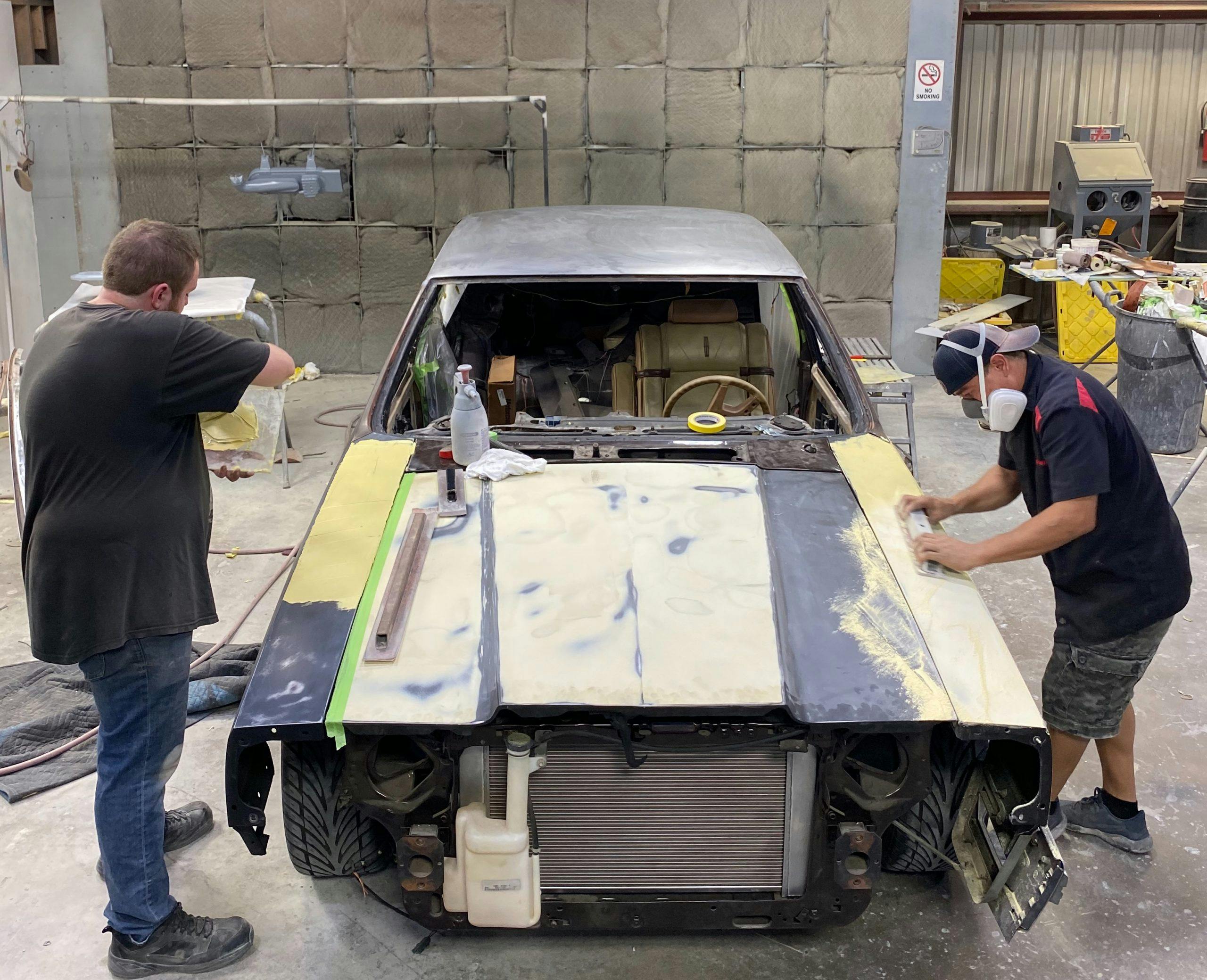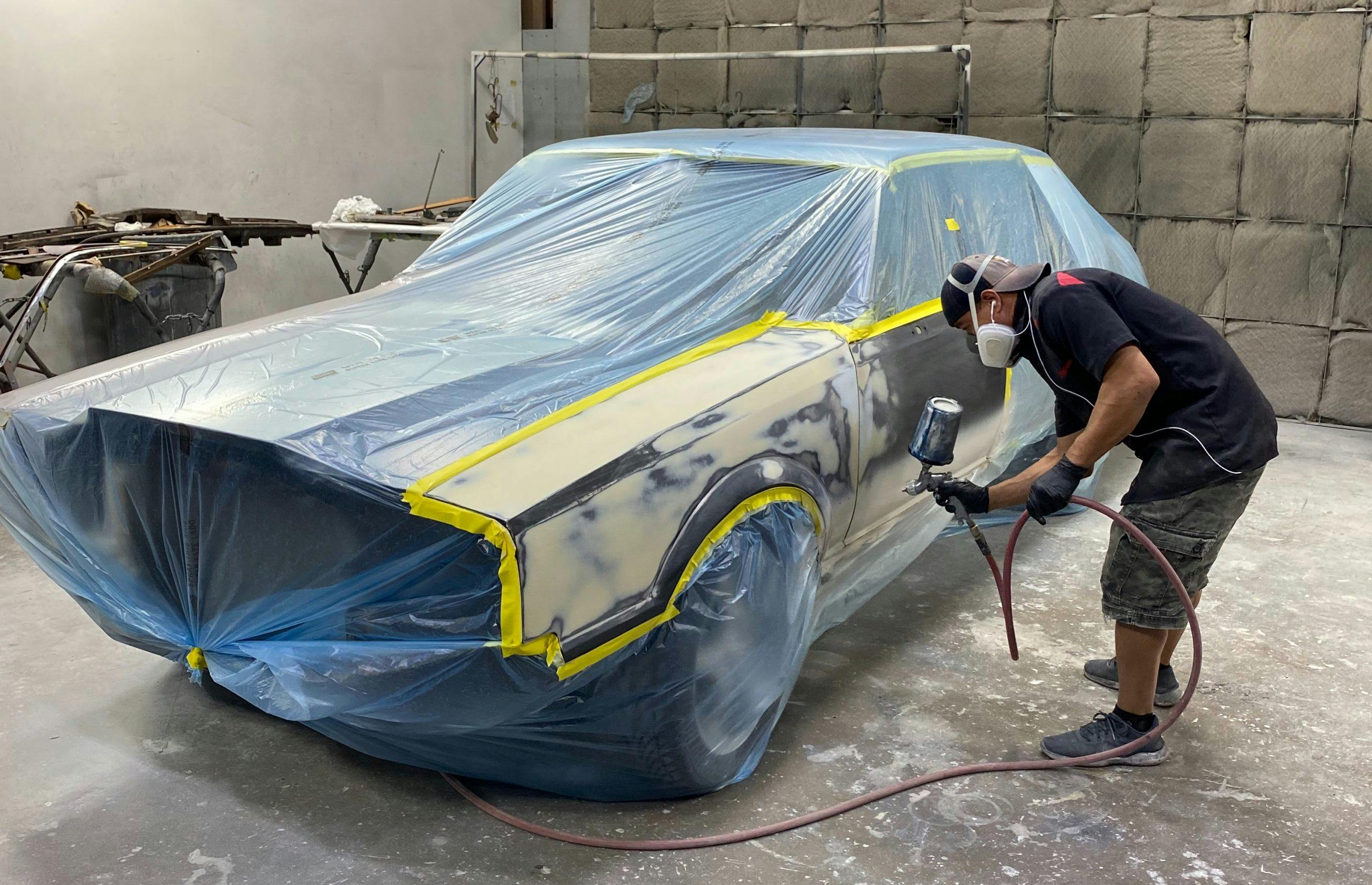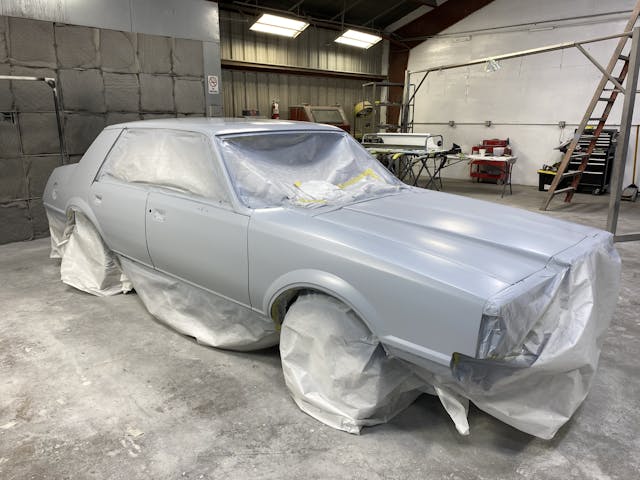Media | Articles
Project Valentino: The restomod that actually added vent windows
Welcome to the latest installment of Project Valentino, a series dedicated to the decades-long story of senior editor Sajeev Mehta and the car that got him interested in cars: 1983 Lincoln Continental Valentino designer series. Join him as he works to restore the most complex of ’80s Ford products to its original glory—and then some.
Before the era of widespread air-conditioning and that whole science says smoking causes cancer thing, vent windows were a common sight on new cars. These windows—small pieces of openable glass in a car’s front door, offering a ready burst of fresh air—were so prevalent that vent-window delete kits are now commonly used when restoring vehicles. (No, really. Google it. That search will prepare you for the level of nonsense you’re about to behold.)
I’ve introduced you to my 1983 Lincoln Continental Valentino restomod: a downsized luxury vehicle sporting the finest bits from Ford’s parts bin, sprinkled with aftermarket components intended for the Fox-body Ford Mustang. And now, after years sitting in pieces, it’s time to get the Valentino down to bare metal. The plan is to apply fresh paint while simultaneously transitioning the car into the restomod of my dreams.
Big dent in the fender aside, this should be a straightforward cosmetic restoration. Except I made the team at Classic Cars of Houston take a pause for the cause: my 1984 Continental parts car (itself restomodded with a 1986 Mustang powertrain, but that’s another story) came with front doors that include vent windows. Power vent windows. And to be specific, these power vent windows slide into the door cavity, exactly like those on Lincoln’s 1970s flagships.
These windows admittedly aren’t that pretty from the outside, but perhaps the view from the inside of my 1988 Town Car will help their case:
Marketplace
Buy and sell classics with confidence
There’s nothing like cruising at highway speeds and depressing a switch for a small, targeted blast of fresh air. And no, I don’t smoke, I just want that traditional American luxury-car feature, in order make a special car feel even more special. Considering the vented doors came for free with that 1984 parts car, why not?
Well, there reasons why not, actually. When you consider the cost involved with having a body shop ensure proper door fit and repair a bit of rust, there was good reason to stick with what I had. But I lost my sanity on this project decades ago, likely when my nine-year-old self saw that particular Valentino for the first time on a chilly December morning in 1986. Or maybe it happened later, when my whole family visited the Valentino (waiting for the bank loan to process) in the evenings, to ensure that the car was still okay, sitting there on the used-car lot of our Lincoln-Mercury dealer? Would I be here, writing almost every day about cars, if the Valentino didn’t beat a video game console or a personal computer into enriching my young and blossoming mind and my easily manipulated soul?
Probably not, but these are the questions you ask as you get older and more settled in your life’s journey. It feels good to know exactly what I want, while having the freedom to make it happen. I reckon I’m not the only person ’round these parts that gets that same feeling when they have a vision, and a plan, and are willing to spend hard-earned money to make it happen.
With the 1984 front doors stripped, the car’s sheet metal prepped, all of the Lincoln’s glass removed, and the header panel installed, the Valentino was ready for paint. The sheer amount of joy in this resurrection cannot be overshadowed by the who knows how many billable hours buried in that perfected body. Perhaps its because I still enjoy taking a jab or two at the Valentino, despite loving the thing—the car is no sacred cow.
Look at the shape of the fenders. The car was obviously based on a lowly Ford Fairmont.
All this work and all this money, for a glorified Ford Fairmont.
Those Fairmontian roots are just one of the many reasons why the Valentino’s hold on my nine-year-old self never let go. I’ll never forget my wishes and dreams as a high-school senior—of slapping onto the Valentino every speed part that my Fox-Mustang-driving friends had. Age and wisdom tempered those notions, and now I just want my car back with enough aftermarket Mustang performance bits to make it perform at a somewhat-modern standard.
But before all those details get sweated, the Lincoln has to look like a Valentino once more. Getting the exterior back to 1983 original is a bit of a concern: No one makes replacement tape stripes for the Valentino’s unique two-tone paint treatment, to the point one new-old-stock Ford parts vendor actually chuckled when I asked and said, “good luck with that.” Adding insult to injury, my list of needed NOS (or possibly good used) exterior trim parts grows longer every week, especially after I mistakenly purchased Lincoln Town Car door mirrors instead of the unique 1982–1983 Continental units.
It all culminates into frustration from a lack of foresight. Twenty-plus years of planning for this moment, and the feeling of potential disappointment is almost omnipresent. No one could prepare for every body-part issue on a car this complex and rare, a fact of which I remind myself on an almost hourly basis these days. Perhaps the madness will subside once the Valentino is out of the paint booth and the shop installs every NOS bit I’ve collected?
But still, what on earth am I going to do about the tape stripe made of unobtainium?
Ain’t technology grand? It’s good to know someone who appreciates your unique mental damage while also possessing a background in graphic design. What you see above is a digital render of the Valentino’s original fender stripe, the black and gold stripe that extended across the header panel and down the body. With several Photoshop files in tow, my new challenge is to find a graphics vendor that can reproduce these on the Valentino’s freshly painted body.
Only time will tell, but nothing I’m doing here is unique. At least not for an automotive restoration. Except it is. It always is. You know what I mean.

